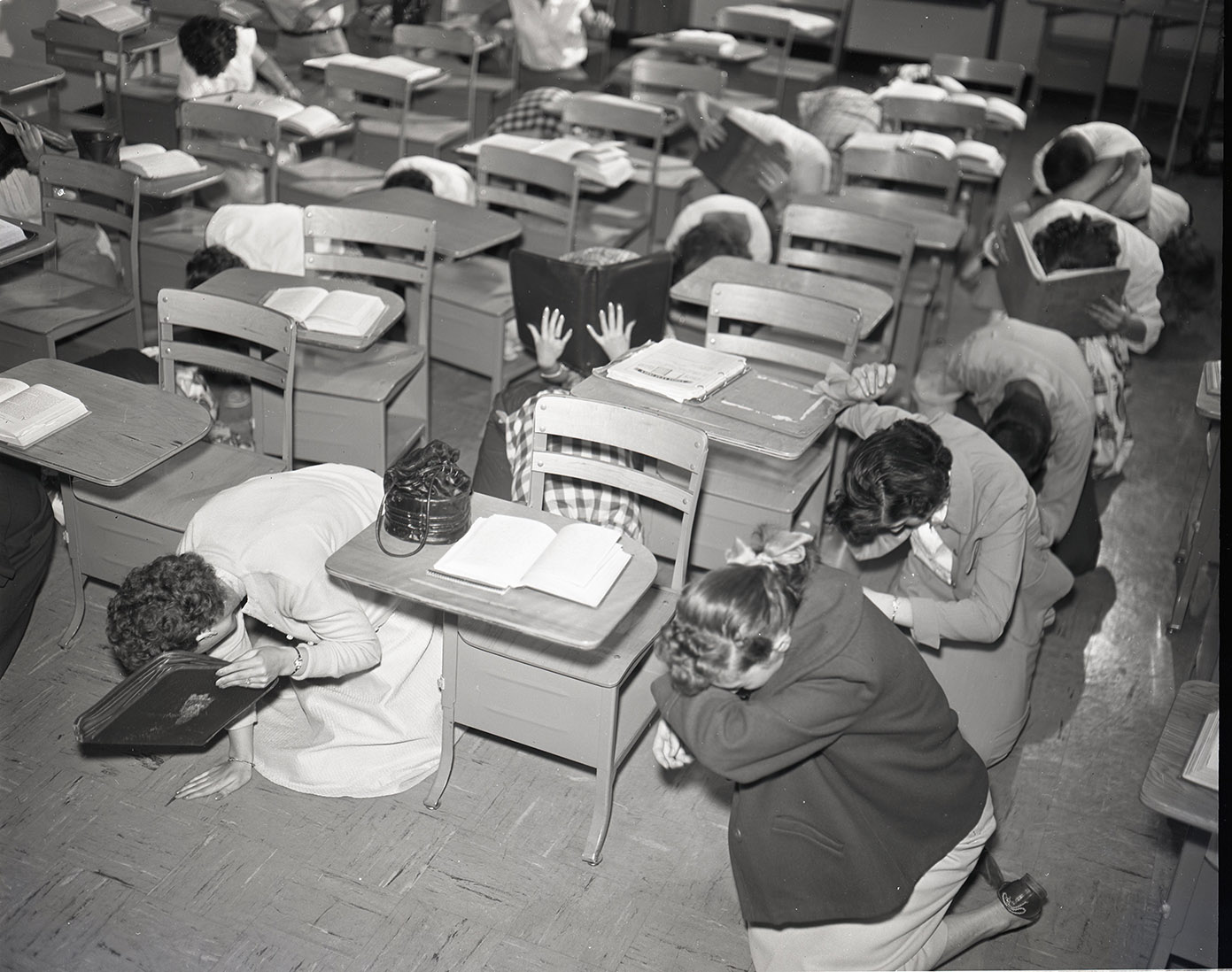Growing up in the 1970s and 1980s, I was extremely conscious of the fact that my country was locked in a contentious rivalry with the U.S.S.R., China, East Germany, Cuba, and the other, in my father’s words, “Godless communist” countries. This struggle seemed to span all facets of life on earth. In sports, we always had to beat the Russians. They were our mortal enemy in the arena, rink, or ring. In terms of diplomacy, the communists, it seemed, were always trying to interfere in the internal affairs of other countries. In some cases, such as Afghanistan in 1979, Soviet tanks simply rolled into these countries, and the Red Army took control of their governments. A popular bumper sticker told us that we were “Better Dead than Red”.

The novel First Blood by David Morrell is the basis for the spectacularly popular “Rambo” films starring Sylvester Stallone. First Blood tells the tale of a Vietnam War veteran named John Rambo, who while suffering from post-traumatic stress disorder from his time in combat, enters a small American town as a drifter, and carnage ensues. The franchise’s first entry First Blood premiered in 1982, with the most recent addition premiering in 2019. First Blood by David Morrell, 1971. PR9199.3.M65 F58 1972, Special Collections Research Center.
I can still recall, as a 8-year old third grader walking to school in 1975, a conversation about Mutual Assured Destruction between two fifth grade students in front of me. “If they drop one on us, we’ll just drop one on them,” one of them said. While this scenario never came to fruition, it certainly felt like it could. While it sometimes seemed that the future was bleak, we took solace in the exploits of protagonists Rambo, Rocky, and the teenage Wolverines of Red Dawn.

McCarthyism: The Fight for America by Joseph R. McCarthy, 1952. Francis McNamara papers, C0024, Box 89, Folder 2, Special Collections Research Center.
My parents told me of a similar experience while growing up in Cold War America, only 25 years earlier. They recalled practicing the duck-and-cover maneuver at their school desks, to presumably prevent being injured during an atomic attack. They remembered Soviet tanks rolling into Hungary, while the world stood shocked. And they could not forget Senator Joe McCarthy of Wisconsin, who for a brief period held the United States government hostage as he rooted out suspected communists from the Department of State and the U.S. Army. Other targets of McCarthy and his associates included the entertainment industry and organized labor.
Looking Over Our Shoulder: The Cold War in American Culture explores this period and its impact on the culture of the United States. Special Collections Research Center staff have selected examples from our collections to illustrate the concerns about the spread of communism, the threat of atomic warfare, the Space Race, and the Cold War’s effects on everyday life through manuscripts, photographs, publications, material culture, and other items. We hope you can learn something interesting in the weeks to come as we further unpack the exhibit through this blog series, and enjoy our exhibit on the second floor of Fenwick Library.

Bethesda-Chevy Chase High School students practice ducking-and-covering for photographer, Oliver Atkins to illustrate an article entitled: “This School is Ready for the H-Bomb” in The Saturday Evening Post, September 25, 1954. Oliver F. Atkins photograph collection, C0036, Box 54. Folder 118, Special Collections Research Center.
Follow SCRC on Social Media and look out for future posts on our Facebook, Instagram, and Twitter accounts. To search the collections held at Special Collections Research Center, go to our website and browse the finding aids by subject or title. You may also e-mail us at speccoll@gmu.edu or call 703-993-2220 if you would like to schedule an appointment, request materials, or if you have questions.

